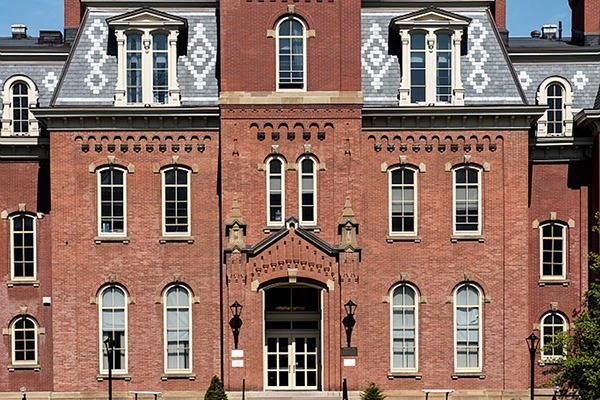When it comes to brick restoration, preserving historic or aging structures requires more than a bucket of water and a trowel. Especially in 2026, modern solutions like chemical cleaning offer precise and safe ways to remove decades of dirt, efflorescence, and biological growth without damaging the integrity of the brick. Whether you’re maintaining a century-old building or reviving a weathered commercial structure, the right restoration process makes all the difference.
Why Brick Restoration Is So Important

Brick buildings are admired for their strength, charm, and timeless style. But over time, even the best-built masonry deteriorates. Mortar joints begin to recede or crack, bricks may discolor or crumble, and environmental exposure leads to buildup that weakens the material. Brick restoration addresses these issues to extend the life of a building and improve its appearance, safety, and value.
It also plays a key role in protecting neighborhoods and historic districts from structural decline. Choosing proper techniques—especially gentle yet effective cleaning—helps maintain the beauty and stability of a structure while avoiding damage caused by outdated methods like sandblasting.
Step One: Assess Before You Clean or Repair
Before starting any project, it’s essential to assess the condition of your building:
Are mortar joints crumbling or missing?
Are bricks stained, moss-covered, or salty with efflorescence?
Are there cracks or bulging areas in the wall?
Next, determine what kind of cleaning is required. If the bricks are dirty but structurally sound, chemical cleaning may be the best first step. If mortar is severely deteriorated, repointing will be necessary after cleaning.
Be sure to test a small, inconspicuous area before applying any cleaning solution or replacement mortar.
Why Use Chemical Cleaning for Brickwork?
It is a controlled, low-pressure method that uses specialized cleaning agents to break down and remove surface buildup on masonry. Unlike abrasive blasting, chemical cleaning doesn’t damage the outer layer of the brick, making it ideal for older or more delicate structures.
Benefits of chemical cleaning in brick restoration:
Removes dirt, biological growth, and salt without eroding brick surfaces
Prepares brick for repointing or sealing
Preserves the natural color and texture of aged brickwork
Can be customized for different masonry types and building conditions
Contractors use eco-safe solutions applied through hot water systems and low-pressure sprayers to lift stains without introducing excessive moisture. Products must always be rinsed thoroughly to avoid residue or future staining.
Repointing After Chemical Cleaning
Once cleaning is complete, repointing may be required to restore structural integrity. Old mortar is carefully removed to a depth of ¾–1 inch using non-metallic tools. After brushing out debris, new mortar—matched in color and strength to the original—is packed into joints using a pointing trowel.
Mortar should be mixed to the consistency of peanut butter and applied in small batches. Horizontal joints are filled first, followed by verticals. Once the mortar sets slightly, joints are tooled for a smooth finish and excess is brushed away. This step is crucial to long-term durability and a seamless appearance.
Avoid These Common Mistakes in Brick Restoration
Never sandblast. This outdated technique strips away the protective surface of the brick, causing permanent damage.
Avoid high-pressure washing. High PSI can force water into brick pores and loosen mortar joints.
Don’t clean or repoint during freezing temperatures. Moisture trapped inside bricks can expand and cause cracking.
Don’t overuse waterproof coatings. Trapping moisture inside masonry can lead to rot and internal damage.
Instead, opt for well-tested, industry-approved cleaning techniques paired with compatible mortar and gentle handling.
Trust Unique Industries for Cleaning Solutions
At Unique Industries, we understand the science behind effective brick restoration. Our systems are engineered to deliver controlled pressure, consistent heat, and precise chemical cleaning results—helping professionals clean masonry safely and efficiently.
Whether you’re managing a municipal restoration project or renovating a historic home, we can help you find the right tools, cleaners, and equipment to get the job done right the first time. Our products support restoration professionals across the country and are trusted by contractors working in harsh and sensitive environments alike.
